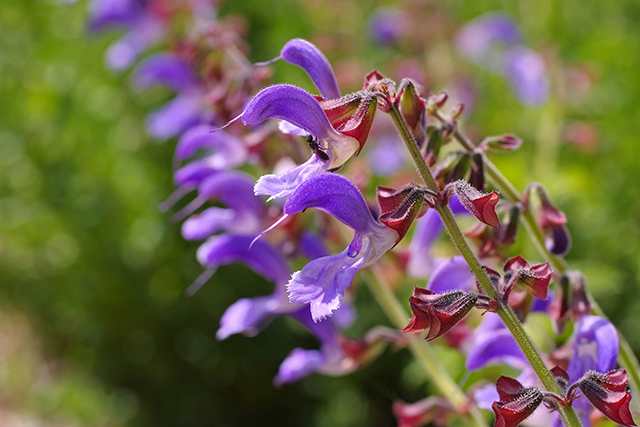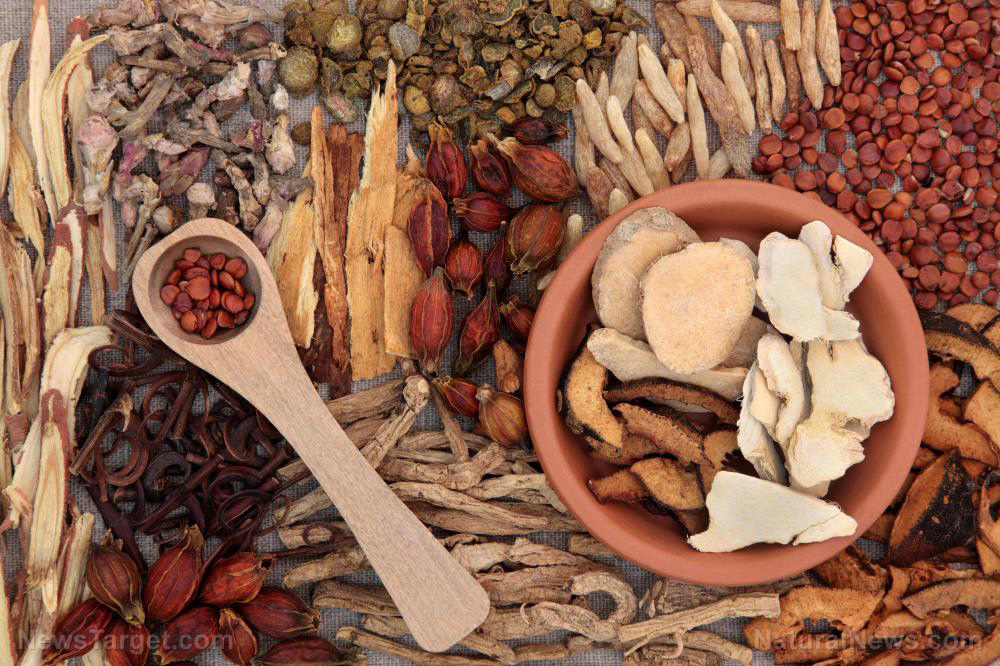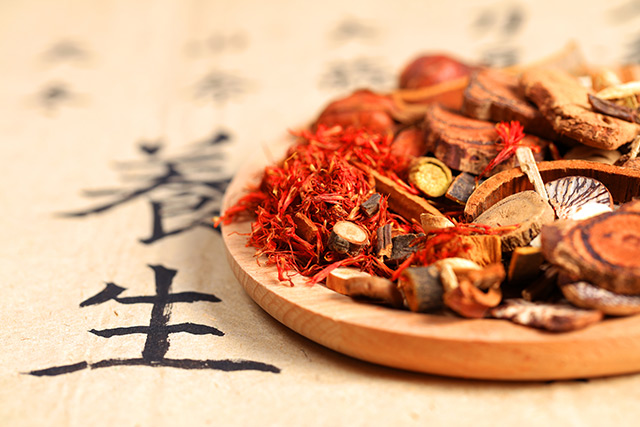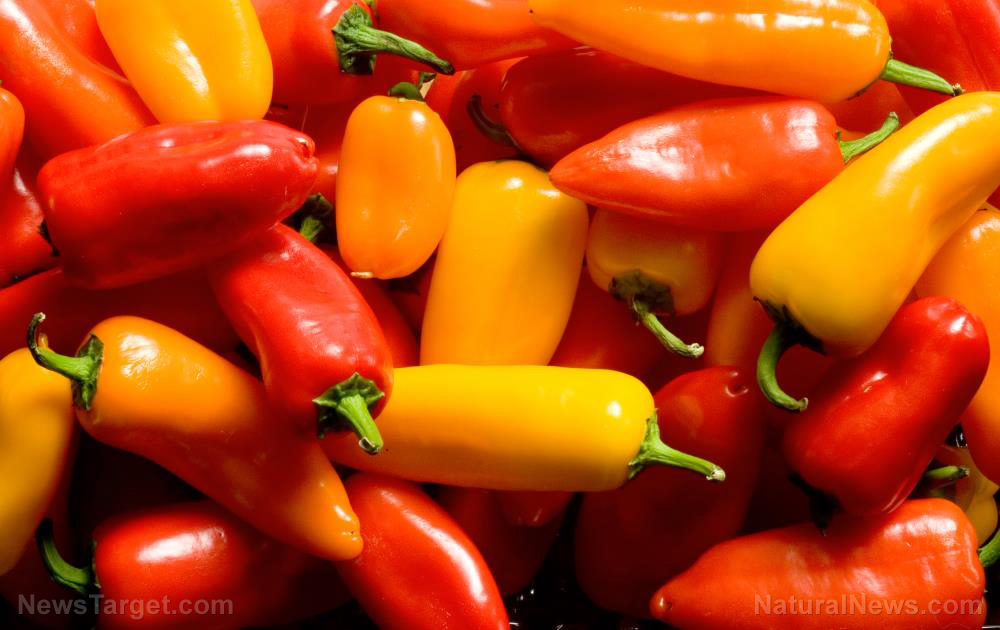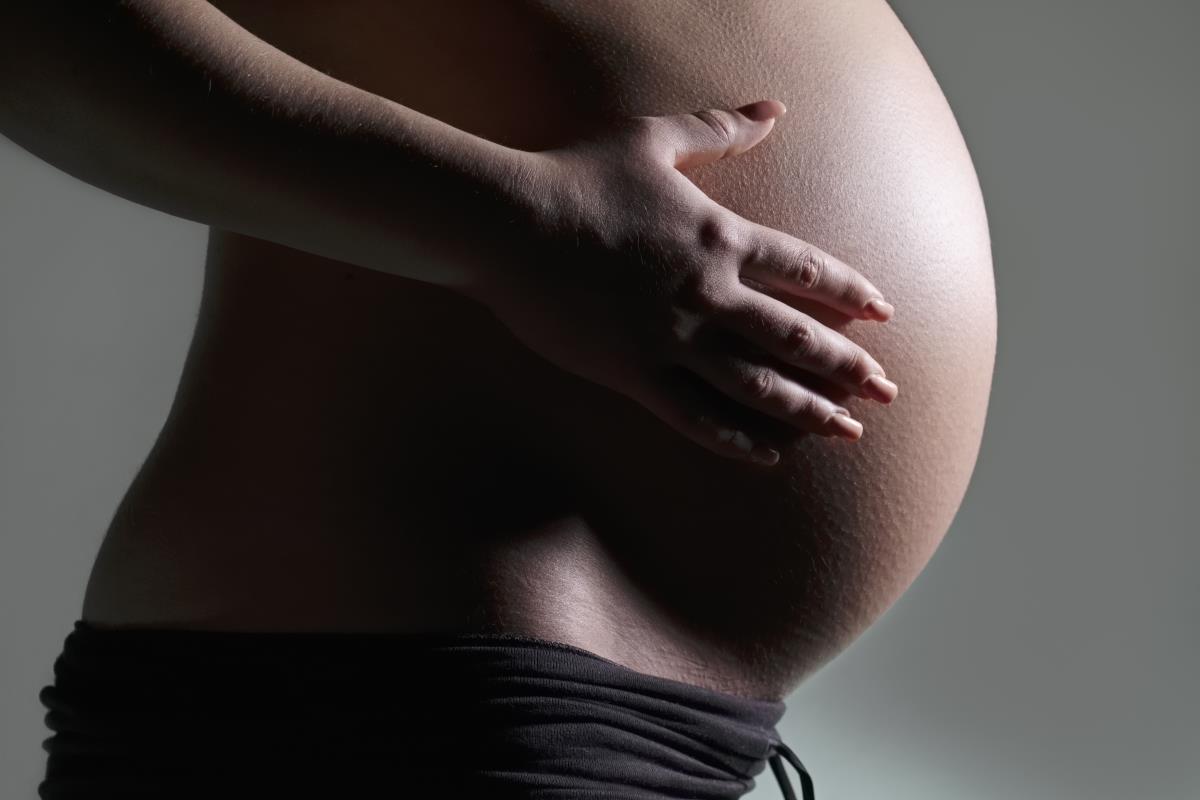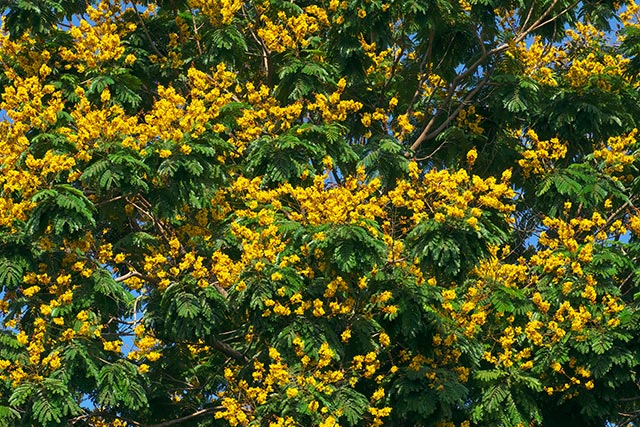Dioscorea nipponica inhibits hepatocellular carcinoma metastasis
07/20/2019 / By Janine Acero
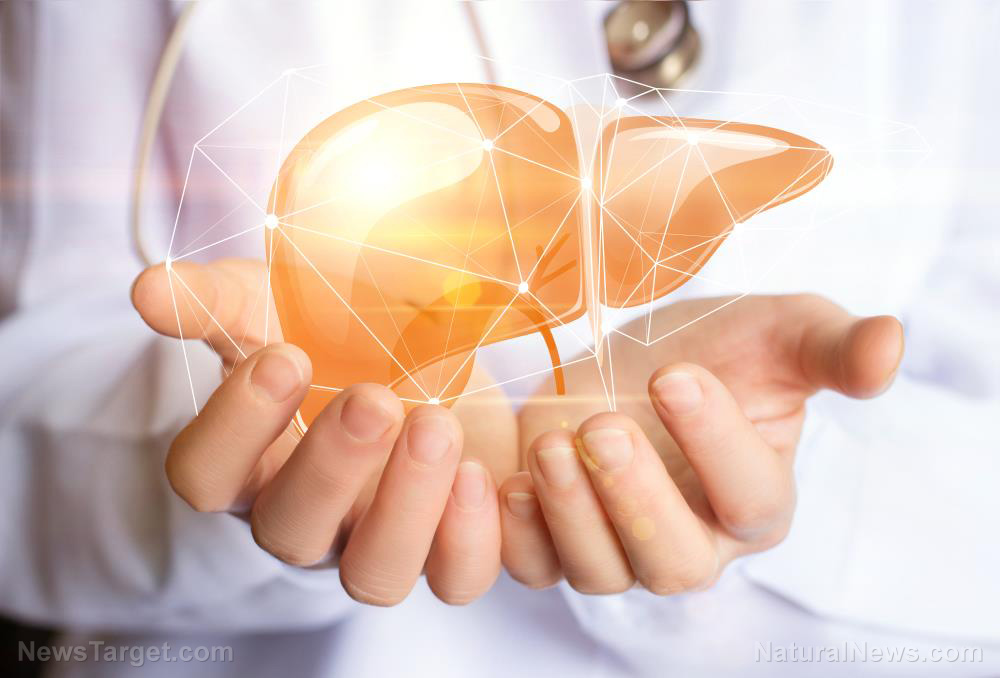
Taiwan has high mortality and morbidity rates for hepatocellular carcinoma (HCC), the most common type of primary liver cancer. HCC is primarily caused by uncontrolled tumor metastasis. A study published in The American Journal of Chinese Medicine looked into the anti-metastasis effects of Dioscorea nipponica Makino extract (DNE) on human liver cancer cells.
- To determine the effects of DNE on the migration and invasion in HCC cells, the researchers used a wound-healing model, Boyden chamber assays, gelatin/casein zymography and Western blotting.
- The real-time PCR and promoter assays detected the transcriptional levels of matrix metalloproteinase-9 (MMP-9) and urokinase-type plasminogen activator (u-PA).
- The results of gelatin/casein zymography and Western blotting revealed that the activities and protein levels of the MMP-9 and u-PA were inhibited by DNE treatment.
- Furthermore, DNE treatment significantly inhibited the migration/invasion capacities of Huh7 cell lines.
- Tests of the mRNA levels, real-time PCR, and promoter assays evaluated the inhibitory effects of DNE on u-PA expression in human hepatoma cells.
- A chromatin immunoprecipitation (ChIP) assay showed that DNE inhibited u-PA expression. It also showed that the inhibitory effects were associated with the down-regulation of the transcription factors of NF-KB and SP-1 signaling pathways.
- Western blot analysis also showed that DNE inhibited PI3K and phosphorylation of Akt.
The researchers conclude that u-PA expression may be a potent therapeutic target in the DNE-mediated suppression of HCC invasion and migration. DNE may have potential use as a chemopreventive agent against liver cancer metastasis.
Journal Reference:
Hsieh MJ, Yeh CB, Chiou HL, Hsieh MC, Yang SF. DIOSCOREA NIPPONICA ATTENUATES MIGRATION AND INVASION BY INHIBITION OF UROKINASE-TYPE PLASMINOGEN ACTIVATOR THROUGH INVOLVING PI3K/AKT AND TRANSCRIPTIONAL INHIBITION OF NF-KB AND SP-1 IN HEPATOCELLULAR CARCINOMA. The American Journal of Chinese Medicine. 2016;44(01):177–195. DOI: 10.1142/s0192415x16500129
Tagged Under: alternative medicine, anticancer, hepatocellular carcinoma, herbal medicine, Herbs, Liver cancer, liver health, traditional medicine



